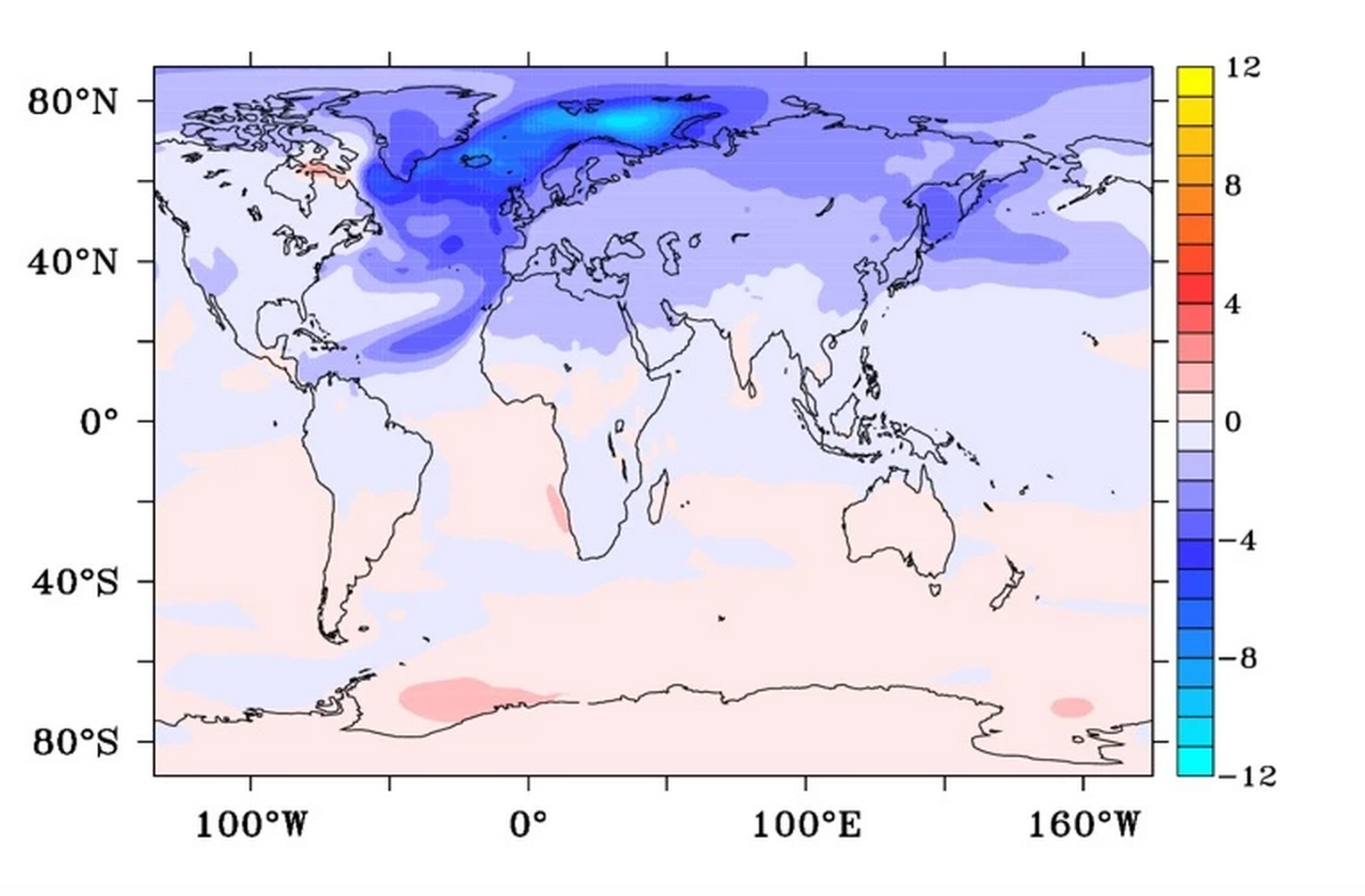These Maps Reveal the Horrifying Future for Many American Cities

By:
If you live on a coast, the health of your city could be jeopardized by rising sea levels.
According to the Environmental Protection Agency (EPA), sea levels are increasing as a result of climate change. Climate change is a phenomenon accepted as fact by major scientific agencies in the U.S. including the National Aeronautics and Space Administration (NASA) and the National Oceanic and Atmospheric Administration (NOAA). And humans are contributing to it.
RELATED: What Will Happen to Your Favorite Beach After Climate Change?
Global warming has caused the global sea level to rise about 8 inches since 1880, and the pace is increasing, according to Climate Central, a nonprofit climate science publication. This is bad news for coastal cities in the U.S., and to illustrate this, Climate Central created an interactive map to theorize which cities would be most affected by potential climate futures. Take a look for yourself.
According to Wired, this map stems from new research published in the Proceedings of the National Academy of Sciences. This research ties levels of carbon dioxide to sea level rise.
The idea of a city permanently flooding with several feet of water almost seems like a Hollywood storyline. Remember that 2004 movie The Day After Tomorrow, where a climate change-fueled superstorm hit New York City, and Jake Gyllenhaal's character had to wait for his dad to come rescue him?
Water overwhelms New York City in a scene from the 2004 blockbuster 'A Day After Tomorrow' via GIPHY
At the time, researchers at the University Corporation for Atmosphere Research said the severity of the movie's storm was unrealistic, and that it is “very unlikely" that the Atlantic meridional overturning circulation (AMOC), which abruptly gave way and caused the events in the film, will collapse in the 21st century. Still, the researchers admitted that "the potential consequences of this event could be severe.”
RELATED: How Much Climate Change Will Cost You if We Fail to Act
New research published last week in the journal Nature Scientific Reports explores what those consequences would look like for today's world. The research suggests that, though the effects of climate change in the movie are incredibly sped up and exaggerated, it is naive to feel immune to some of the facets of a Day After Tomorrow-like reality.
AMOC is a real ocean circulation system, and climate change isn’t good for it at all. Its is an important part of the Earth’s climate system, and its job is to help warm Europe and the East Coast of the U.S. by pulling warm Caribbean waters north while pushing cooler waters south.
 Sybren Drijfhout, Competition between global warming and an abrupt collapse of the AMOC in Earth’s energy imbalance - nature.com
Sybren Drijfhout, Competition between global warming and an abrupt collapse of the AMOC in Earth’s energy imbalance - nature.com
If it collapsed due to a result of climate change, it could have several negative effects, including rising waters.
RELATED: 6 Ways Climate Change Will Drastically Change Your Everyday Life
“The basic scenario of the AMOC [collapsing] as a result of global warming is not completely out of the blue or unthinkable,” the study’s author, Sybren Drijfhout, told the Washington Post.
The Post reported that Drijfhout and his team used an advanced climate model to simulate both global warming and a potential AMOC collapse. The results suggested that certain locations could see drops in global and local temperatures.
It's yet another scientific reminder of how important it is to take care of our earth and the environment.
